|
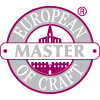 EACD European Tour for
stonemasons and sculptors EACD European Tour for
stonemasons and sculptors
started under the patronage of the EU Commissioner responsible for Education, Training, Culture and Multilingualism.

Official greetings
The conservation of our cultural heritage is a central
concern of the European Cultural and Educational Policy because it
underlines the roots of cohabiting in Europe, our similarities and our
cultural diversities. It contributes therefore intrinsically to the
appreciation of the European nations. Indeed, it is the heritage of
all Europeans which needs to be conserved.
The traditional handcrafts in Europe have developed a staggering
expertise for the conservation of our heritage. The EACD made the
patronization of these high quality standards to its business. Another
objective of the EACD is the exchange of know-how between its members.
Therefore, it makes an important contribution to the European idea.
Due to the setting of high education standards, the EACD enables the
handcrafts to compete against globalisation.
I wish you all the best for your annual meeting in Laas/Lasa. I hope
that you will have pleasure in staying together with friends from all
over Europe apart from the exchange of expert knowledge, new ideas and
projects.
Ján Figel’ 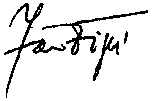
European Commissioner responsible for Education, Training, Culture and
Multilingualism
Address by Reinhold Messner
on the occasion of the assignment of the EACD aspirants to European Tour Master of Craft
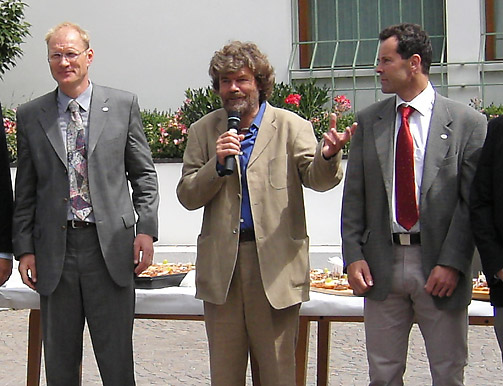
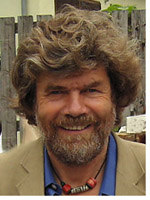 We live in a present in which many things change.
Globalisation, if we look at just the last ten years, has acquired breathtaking speeds. Many people are disconcerted,
others are wailing. But one cannot disparage globalisation in itself, we created it ourselves. It can have its good
sides if we take correct control of our lives. Even if it appears to be slipping through the fingers of many people,
it simply remains a fact, a fait accompli which it is necessary to accept. We live in a present in which many things change.
Globalisation, if we look at just the last ten years, has acquired breathtaking speeds. Many people are disconcerted,
others are wailing. But one cannot disparage globalisation in itself, we created it ourselves. It can have its good
sides if we take correct control of our lives. Even if it appears to be slipping through the fingers of many people,
it simply remains a fact, a fait accompli which it is necessary to accept.
Jürgen Prigl asked me for some direct words to the future European masters. In my life I have gained some experience as
a mountaineer. The first, most important rule, rule No. 1 so to speak, is: where is my mountain?
I must know where the mountain is! If I don’t know, I can’t reach the peak, everything is only patchwork. If I know
where I want to go, the second thing has to be solved, that is, the logistics. I must procure what I need: material,
information, means. I must do it precisely, it must be right all around. Once these things have been clarified, the
decision has been made and then there is only the orientation to the goal, concentration on doing it, identification
with the whole. No disturbance from outside now has any chance. That is also inherent in the work of craftsmen:
concentration on the work that is being created.
On my journeys I have become acquainted with some parts of the Earth. We Europeans, and in this connection it is
important to think European, can in the world be proud of what our crafts represent in our common culture. That is
something I have learned everywhere and I am here because I see this initiative as being the right one and support
it. It is, however, high time for the handicrafts to get going. For your goal I wish you all the best, I congratulate
you on this activity.
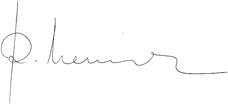
|

